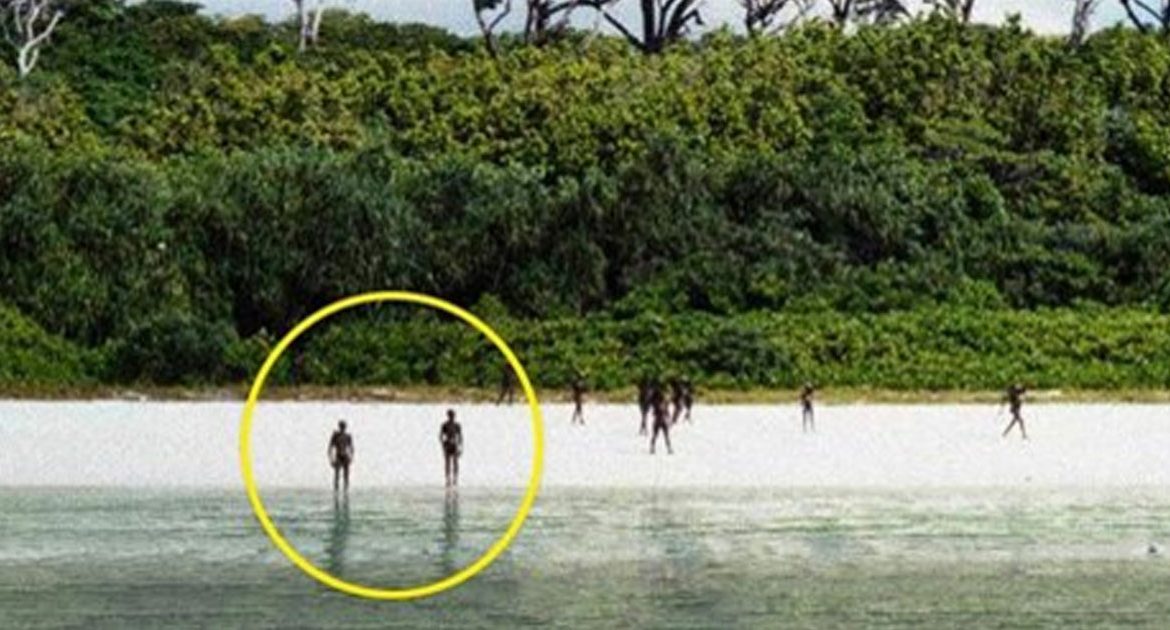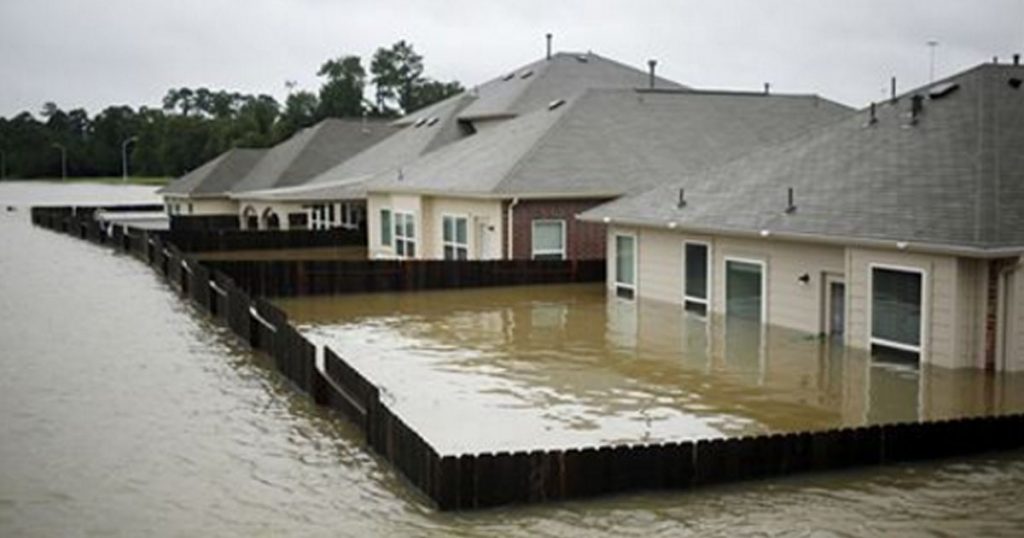It seems that we can go anywhere we want, if we have enough desire and money. But there are some places on Earth where absolutely no tourist is allowed to set foot.
We at Liked Video made a list for you of some of the most well-known and mysterious places out there where no one ever goes.
Surtsey Island
Cause of travel ban: scientific experiments
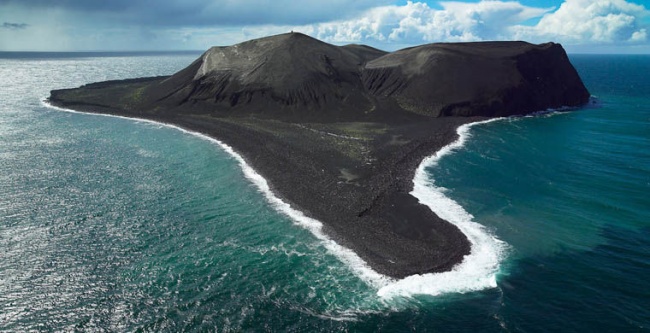
In 1963, in the waters of Iceland, an underwater volcano erupted, and within a short time a new island of 2.7 square kilometres formed. It immediately received attention from various scientists from different countries, as it’s an outstanding example of island formation and the beginning of new life. Since then Surtsey, named after the mythological character Surtr, the leader of the fire giants, serves only scientific purposes, and it’s a restricted area for tourists.
Ilha da Queimada Grande
Cause of travel ban: an abundance of poisonous snakes
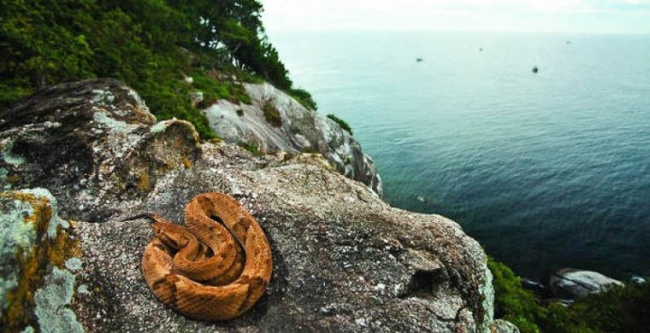
Ilha da Queimada Grande, which is located 35 km from the coast of Brazil, looks like a real paradise. You might pay for a trip to this island with your life, however, because it’s swarming with poisonous snakes: with an area of 0.43 square kilometers, it has an estimated population of about 4,000 snakes. The most dangerous of them is the bothrops insularis, or golden lancehead. It has venom five times stronger than the other vipers — when it bites, near instant death occurs. That’s why Brazilian authorities prohibit anyone from visiting Ilha da Queimada Grande, which is also called Snake Island.
North Sentinel Island
Cause of travel ban: aboriginal aggression
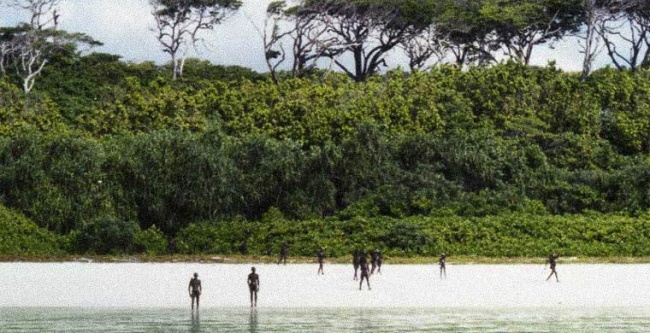
One of the Andaman Islands in the Bay of Bengal is home to a tribe of dangerous Sentinelese natives, they avoid any contact with civilization and fiercely resist any intrusion. According to scientists, the aborigines spent up to 60,000 years in isolation from the rest of human civilization. These people actively defend their territory: for example, in 2004 they shot at an Indian government helicopter with arrows, which flew over the island after a tsunami to find out whether the locals needed help. Their latest victims are some lost fishers: after their murder, the Indian authorities called on citizens to stay away from the Sentinelese people and their land.
Cause of travel ban: only for the elite
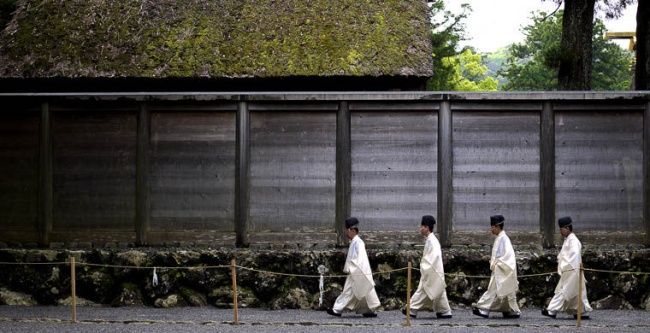
In Japan, the most important shrine in the whole country is the temple complex of Ise Jingu. The main temple is surrounded by a high wooden fence; only high-ranking priests and members of the Imperial family are allowed inside. Until 1945 Ise was an even more difficult place to access: the shrine was separated from the outside world by the Miyagawa River that symbolized the border with the ordinary and the sacred land. Monks were strictly forbidden to cross the river: it was believed that this would lead to the violation of the shrine’s sanctity and would cause trouble for all of Japan.
Gruinard Island
Cause of travel ban: biological weapons testing
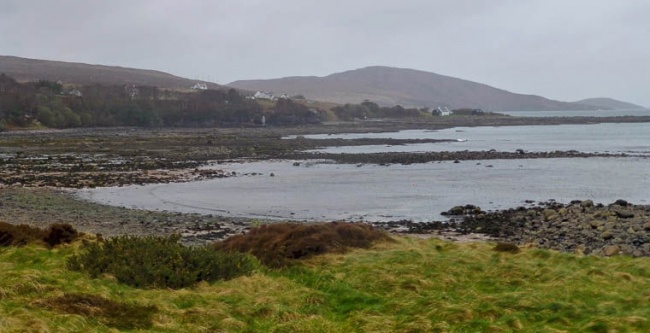
In 1942, the British government bought the Scottish island Gruinard for testing biological weapons — in particular, anthrax. During the experiment, it was found that anthrax had polluted the territory for a long period of time, causing the population’s death in 95% of cases. Until the 1980s, the island was one of the deadliest places on the planet. Only in 1986 did scientists finally began ’cleansing’ the ominous island, and it was declared safe in 1990. Nevertheless, no one has settled there. Experts warn that the anthrax spores remain in the island’s soil, which means that it won’t be suitable for life for hundreds of years.
